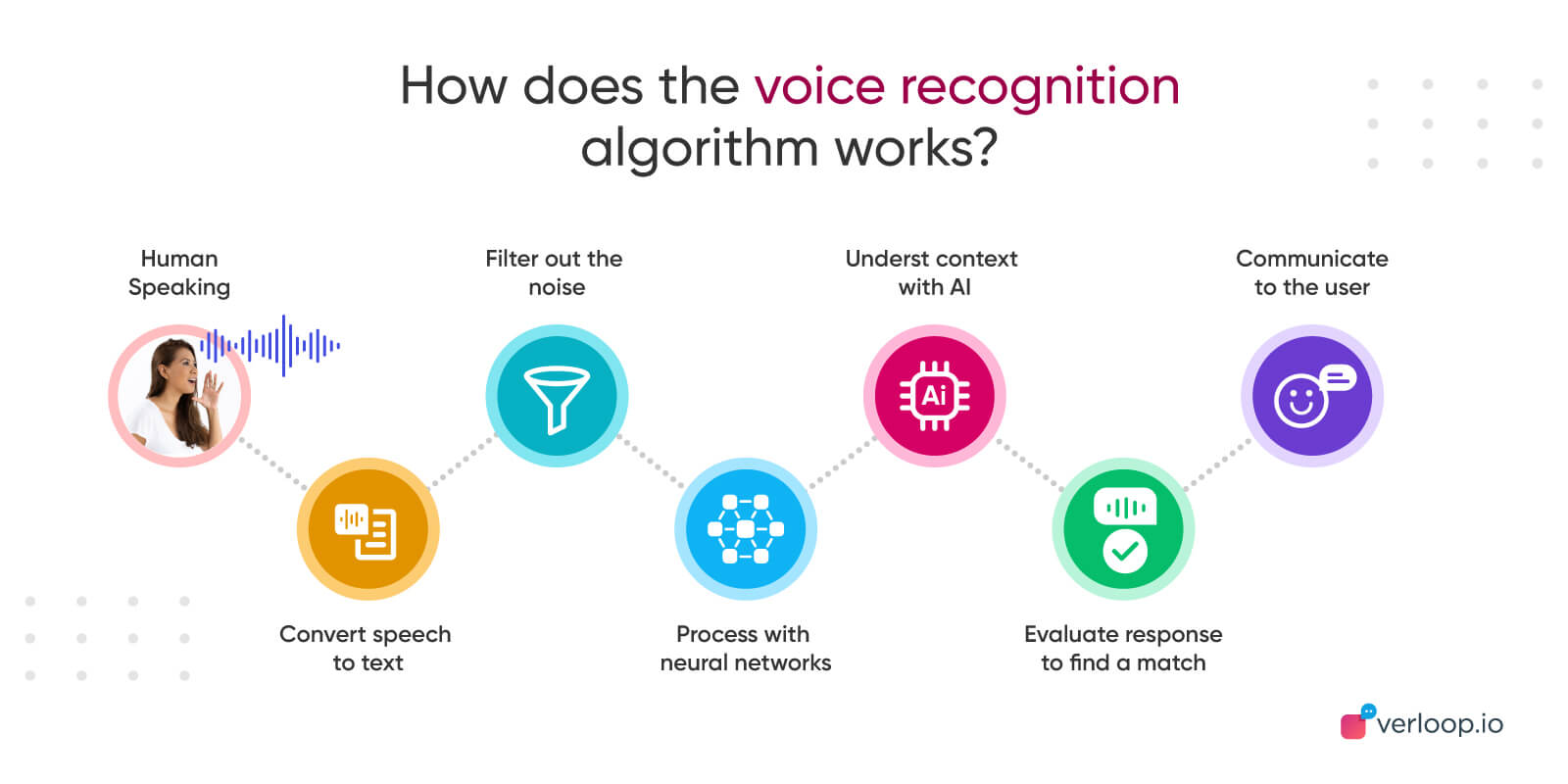
Machine Learning for Voice Assistants
Voice assistants are becoming increasingly popular, as they offer a convenient way to interact with technology without having to type or use a mouse. However, in order to provide a truly natural and helpful experience, voice assistants need to be able to understand and respond to a wide range of commands and queries. This is where machine learning comes in.
Machine learning algorithms can be used to train voice assistants to recognize different voices, accents, and speaking styles. They can also be used to identify the meaning of a user's query, even if it is expressed in a casual or ambiguous way. In addition, machine learning can be used to improve the accuracy and fluency of voice assistants' responses.

As machine learning techniques continue to improve, voice assistants will become even more powerful and useful. They will be able to understand and respond to our requests more quickly and accurately, and they will be able to provide more helpful and informative information. This will make voice assistants an even more valuable tool for our everyday lives.
How Machine Learning Works for Voice Assistants
Machine learning algorithms are typically trained on a large dataset of voice data. This data can include audio recordings of people speaking, as well as transcripts of what was said. The algorithms are then able to learn to identify the different sounds that make up speech, as well as the meaning of those sounds.

Once a machine learning algorithm has been trained, it can be used to process new audio data and generate a transcription of what was said. This transcription can then be used to generate a response from the voice assistant.
The process of training a machine learning algorithm for voice assistants can be complex and time-consuming. However, once a model has been trained, it can be used to process new data very quickly and efficiently. This makes machine learning a powerful tool for building voice assistants that can understand and respond to a wide range of commands and queries.
The Benefits of Machine Learning for Voice Assistants

There are a number of benefits to using machine learning for voice assistants. These benefits include:
- Improved accuracy and fluency: Machine learning algorithms can be used to improve the accuracy and fluency of voice assistants' responses. This is because the algorithms can learn to identify the meaning of a user's query even if it is expressed in a casual or ambiguous way. Additionally, machine learning can be used to generate more natural-sounding responses from voice assistants.
- Expanded capabilities: Machine learning can be used to give voice assistants new capabilities, such as the ability to understand and respond to more complex commands and queries. This can make voice assistants more useful and helpful for users.
- Enhanced security: Machine learning can be used to improve the security of voice assistants. For example, machine learning algorithms can be used to identify malicious commands and queries, and to prevent unauthorized access to voice assistants.
The Challenges of Machine Learning for Voice Assistants

There are also a number of challenges associated with using machine learning for voice assistants. These challenges include:
- The need for large datasets: Machine learning algorithms require a large amount of data to train on. This can make it difficult to build voice assistants that can understand and respond to a wide range of commands and queries.
- The need for specialized hardware: Machine learning algorithms can be computationally expensive to train and deploy. This can make it difficult to build voice assistants that can run on resource-constrained devices, such as smartphones and tablets.
- The potential for bias: Machine learning algorithms can be biased against certain groups of people. This is because the algorithms are trained on data that may reflect the biases of the people who collected it.
The Future of Machine Learning for Voice Assistants
.jpeg?width=0)
The future of machine learning for voice assistants is bright. As machine learning techniques continue to improve, voice assistants will become even more powerful and useful. They will be able to understand and respond to our requests more quickly and accurately, and they will be able to provide more helpful and informative information. This will make voice assistants an even more valuable tool for our everyday lives.
Here are some of the ways that machine learning is expected to improve voice assistants in the future:
- Improved accuracy and fluency: Machine learning algorithms will continue to learn to identify the meaning of a user's query even if it is expressed in a casual or ambiguous way. Additionally, machine learning will be used to generate more natural-sounding responses from voice assistants.
- Expanded capabilities: Machine learning will be used to give voice assistants new capabilities, such as the ability to understand and respond to more complex commands and queries. This will make voice assistants more useful and helpful for users.
- Enhanced security: Machine learning will be used to improve the security of voice assistants. For example, machine learning algorithms will be used to identify malicious commands and queries, and to prevent unauthorized access to voice assistants.

As these improvements are made, voice assistants will become even
Post a Comment